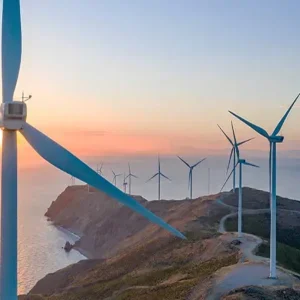The South Australian government plans to roll out solar panels and Tesla batteries to at least 50 000 homes to form what it believes will be the world’s largest virtual power plant.
Beginning with a trial of 1100 public housing properties, 5 kW solar panels and 13.5 kWh Tesla Powerwall 2 batteries will be installed free of charge and financed through electricity sales, the state government said – perhaps anticipating next month’s state election.
The scheme will be expanded to another 24 000 public housing properties, and then a similar deal will be offered to all South Australian households, with a plan for at least 50 000 to participate in the next four years. Once completed, the virtual power facility could provide as much capacity as a large gas turbine or coal power plant, Tesla said.
“Tesla is gaining a reputation here for getting things done,” commented Tony Wood, energy programme director at the Grattan Institute, a Melbourne-based think tank. “If South Australia can sort through the funding and technical side of this project, then it’s worth doing because we’ll learn a lot more about rolling out distributed solar and batteries at scale.”
Tesla last year built a 100 MW lithium-ion battery system, the world’s biggest, to support South Australia’s blackout-plagued power grid. The necessaity for such a construction was triggered by state-wide blackouts during 2016 when storms caused transmission failures. Australian prime minister Malcolm Turnbull blamed the power cut on the state’s rapid take-up of renewable power. Solar and wind make up about 40 % of its power generation, the highest of any mainland Australian state. “What we’re doing is effectively putting 'an extra power plant' into the South Australian energy market, and the extra competition drives down prices for everyone,” commented state Premier Jay Weatherill.
Rooftop solar will account for as much as 24 % of Australia’s electricity by 2040, according to Bloomberg’s 2017 New Energy Outlook. When combined with small-scale batteries and demand response initiatives, up to 45 % of the country’s total power capacity will be located on owners’ properties — known as 'behind-the-meter' capacity — by 2040.






